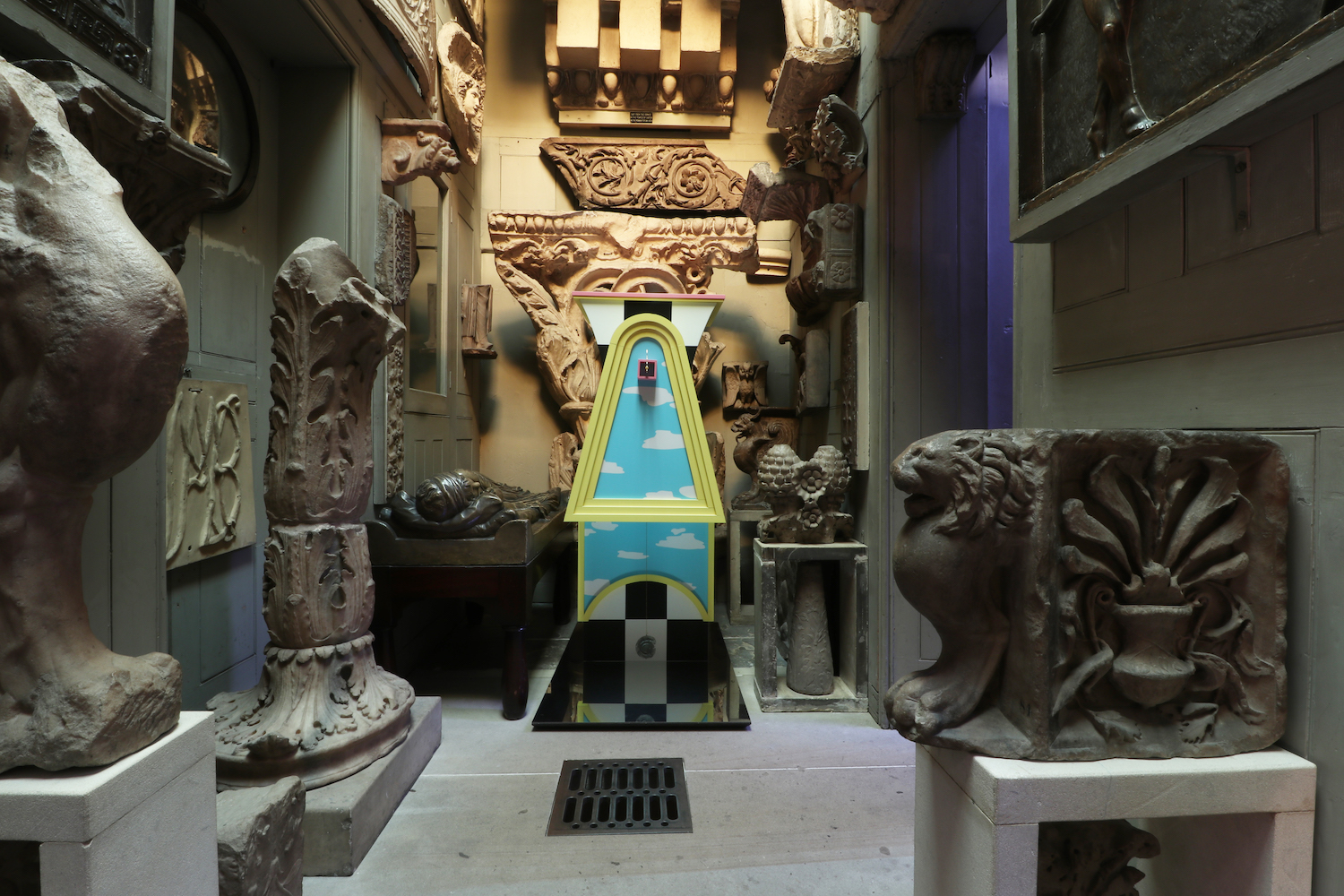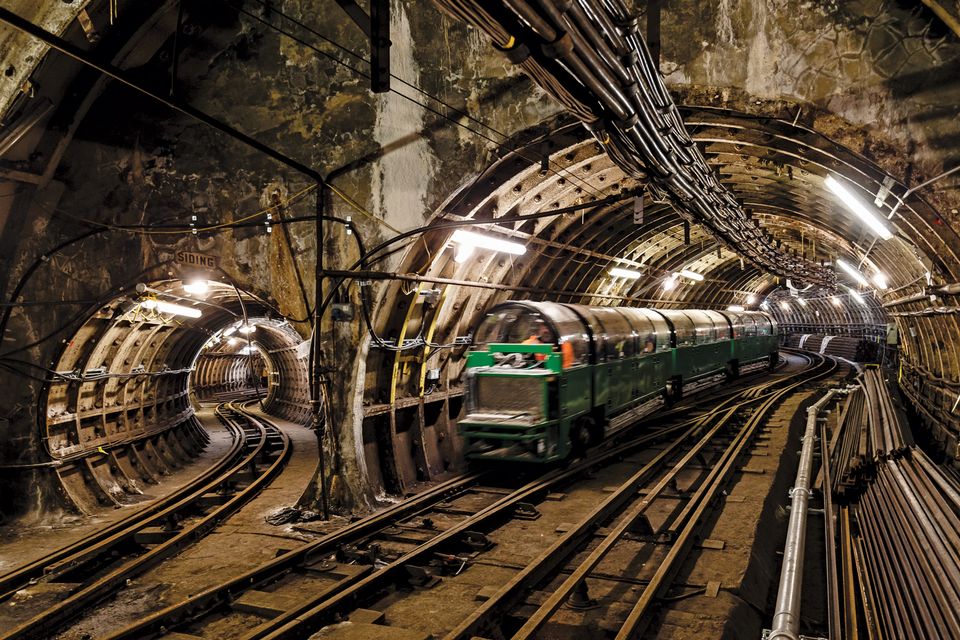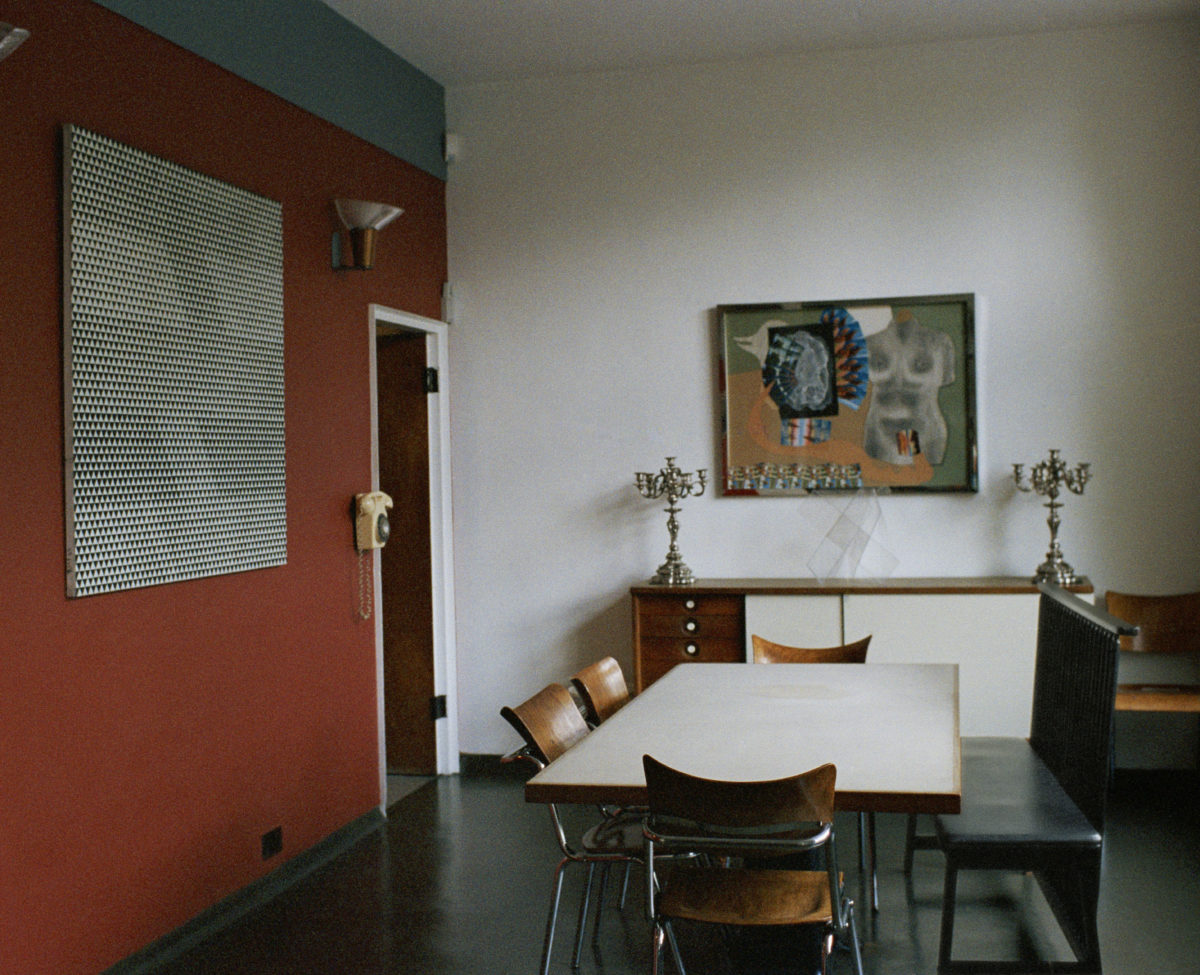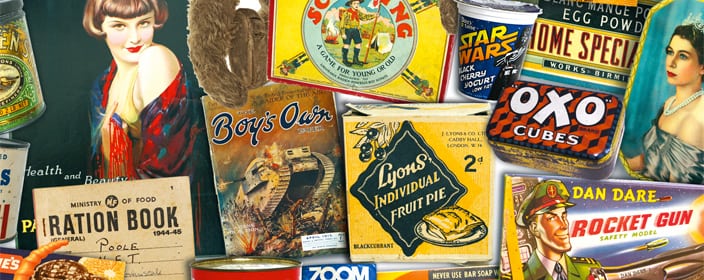
Just behind Holborn’s bustling thoroughfare you’ll find Lincoln’s Inn Fields, a tranquil residential square with one particularly elaborate house. This is Sir John Soane’s Museum, the former home of the eminent neo-classical architect who was intent on turning his residence into a permanent collection designed to educate cultural professionals and enthusiasts alike. The result is a veritable wunderkammer, filled with everything from a 3,000-year-old sarcophagus and Roman busts to paintings by Canaletto and Hogarth. Though entering the museum can feel like you’re stepping back in time, it also has an ongoing contemporary programme that constantly recontextualizes the legacy of the house and the man himself. (Holly Black)

Sir Frederic Lord Leighton’s “private palace of art” is truly transportational. The Victorian artist’s purpose-built studio home is as far from a live-work millennial loft as you can possibly imagine. It features an elaborately decorated hall complete with complex Islamic mosaics, a domed ceiling and a tranquil indoor fountain, for moments of quiet contemplation (naturally).The rest of the house is filled with examples of his own work, that of his peers and original furniture that has been acquired over the years. Be sure to look out for the stuffed peacock too—he’s a great house pet. (HB)

A remarkable slice of London’s history exists not in its palaces, skyscrapers and abundance of green park life, but tucked away below ground. For almost a century, the Royal Mail used a subterranean railway system that stretched from Whitechapel to Paddington, fittingly named Mail Rail, to transport letters across the capital. The Postal Museum, which recently hit the spotlight as a nominee for Museum of the Year (the award ultimately went to Tate St Ives), unveils this hidden network, which few Londoners were aware of even while it remained actively in use. Visitors can ride on a section of the Mail Rail, while above ground in a former Post Office depot a dizzying archive of mail-related objects and ephemera is also on show. (Louise Benson)

Tucked away on a sleepy Hampstead street is a Modernist gem, the home of architect Ernö Goldfinger (whose name famously inspired Ian Fleming’s Bond villain). Not exactly a museum per-se, it nevertheless shows the full potential for art and design to come together in the most personal of settings, and offers a contemporary model for the home as a museum of sorts. Bridget Riley paintings and Henry Moore sculptures decorate the walls and garden, alongside a host of mid-century designers and surrealist artists, many of whom were friends with the Goldfingers. Like Jim Ede and his museum-cum-home at Kettle’s Yard in Cambridge, modern art is mingled with found objects and other personal trinkets, taking a balanced, more accessible approach to living with art. An exhibition of six contemporary female designers is also currently installed at the house, including Ilse Crawford and Roksanda Ilinčic, who have responded to the furnishings and art collection of the house with their own visual interventions. Titled Ahead of the Curve, it is on display until 4 November. (LB)

Museum of Brands, Packaging & Advertising
The name of this museum may make it sound like a total snooze fest, but it is perhaps the museum’s dedication to its task—that of pulling together a host of examples of packaging and branding from the last few centuries—which makes it rather a fun trip. Its cabinets are overflowing with products and packets, designed to house Rimmel make-up in the 1890s, Oxo Cubes during World War One and a flurry of sweet goods, with aged and slightly crinkled KitKats, Mars Bars and more from the 1930s. Of course, simple decisions with packaging and advertising tell us so much about the society from which they were born, including fashions, attitudes towards women and gastronomic trends. (Emily Steer)

The Thames Tunnel Engine House, an underground shaft created by nineteenth-century engineer Isambard Kingdom Brunel, is open to the public at south east London’s Brunel Museum. Originally designed to be an entrance to the Thames Tunnel (the world’s first underwater tunnel), it was closed in the 1860s when trains began to run through the tunnel. The cavernous space now plays host to music events, performances and exhibitions—as well as being pretty astounding in and of itself. Don’t miss the museum’s wonderful outdoor bar and café also, with inventive cocktails, a raised herb garden and local artist exhibitions. (ES)





